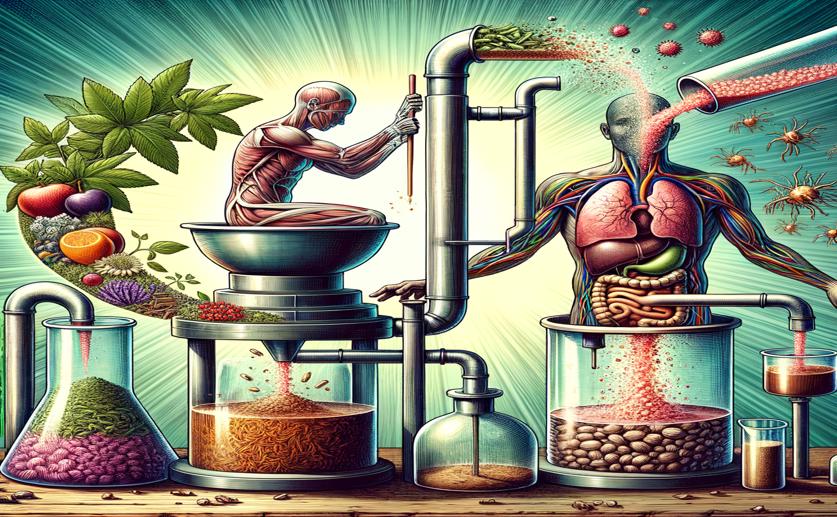
Studying How Plant Extracts Are Processed and Absorbed in the Human Body
Greg Howard
19th August, 2024

Image Source: Natural Science News, 2024
Key Findings
- Researchers at the University of Granada studied how bioactive compounds from Hibiscus sabdariffa, Silybum marianum, and Theobroma cacao are absorbed and metabolized in the human body
- They identified 14, 25, and 3 potential metabolites in plasma samples from volunteers who consumed extracts of these plants, respectively
- The study highlights the effectiveness of untargeted metabolomics in detecting a wide range of metabolites, providing a comprehensive understanding of bioactive compound metabolism
References
Main Study
1) An untargeted metabolomics approach applied to the study of the bioavailability and metabolism of three different bioactive plant extracts in human blood samples.
Published 19th August, 2024
https://doi.org/10.1039/d4fo01522c
Related Studies
2) Phenolic compounds: their journey after intake.
3) Bioavailability of dietary flavonoids and phenolic compounds.



 4th June, 2024 | Jim Crocker
4th June, 2024 | Jim Crocker